The land is the mother, and we are of the land; we do not own the land rather the land owns us. The land is our food, our culture, our spirit, and our identity.
- Dennis Foley, a Gai-mariagal and Wiradjuri man, and Fulbright scholar.
Connection to Country and land is deeper than the traditional Western understanding of the environment. For Aboriginal and Torres Strait Islander people, Country encompasses an interdependent relationship between a First Nations person and their ancestral lands, water, and sky. This relationship defines culture and identity but also the reciprocal relationship between First Nations people, the environment, ecology and cultural knowledge.
Over thousands of years, Aboriginal and Torres Strait Islander people acquired knowledge to co-exist with the environment, observing weather patterns and changes, dating back to the Ice Age. Observing the way in which flora and fauna behave throughout the year also help in dictating when seasons change. First Nations people and groups use seasonal calendars to anticipate the coming of seasonal food sources, breeding seasons and when plants are ready to harvest.
Preserving these historic region-specific ecological knowledge bases could help us better manage the Australian environment, climate and preserve our water resources, forests, plants and animals in future.

Each First Nation group not only has their distinct culture and language, but they also have unique expressions of seasonal knowledge. This can include the number of seasons recognigsed in an annual cycle, the length of each season and how they are locally defined and understood. For example, the D’harawal seasonal calendar is split into six different seasons – Burran (January – March), Marrai’gang (April – June), Burrugin (June – July), Wiritjiribin (July – August), Ngoonungi (September – October) and Parra’dowee (November – December) , whereas the Maung seasonal calendar features only three seasons – Walmatpalmat (November – February), Wumulukuk (March – July) and Kinyjapurr (August – October).
Australia’s climate varies greatly across the country and the local First Nations understanding of the seasons defines the people’s role within the environment.
The flowering and fruiting times of important food and medicinal plants, the timing of animal breeding and insect life cycles, the movement of birds to inland rivers and waterways, and annual whale migrations along the coast are just some of the things that First Nations people observe to determine the season.
Aboriginal and Torres Strait Islander people are regarded as Australia’s First Scientists and have always held a deep understanding of the seasons. By preserving and maintaining this intricate understanding, it acts as a powerful tool for First Nations knowledge holders to demonstrate and communicate their connection to the use and management of Country.
To learn more about the different Indigenous seasonal calendars, you can visit the Bureau of Meteorology website.







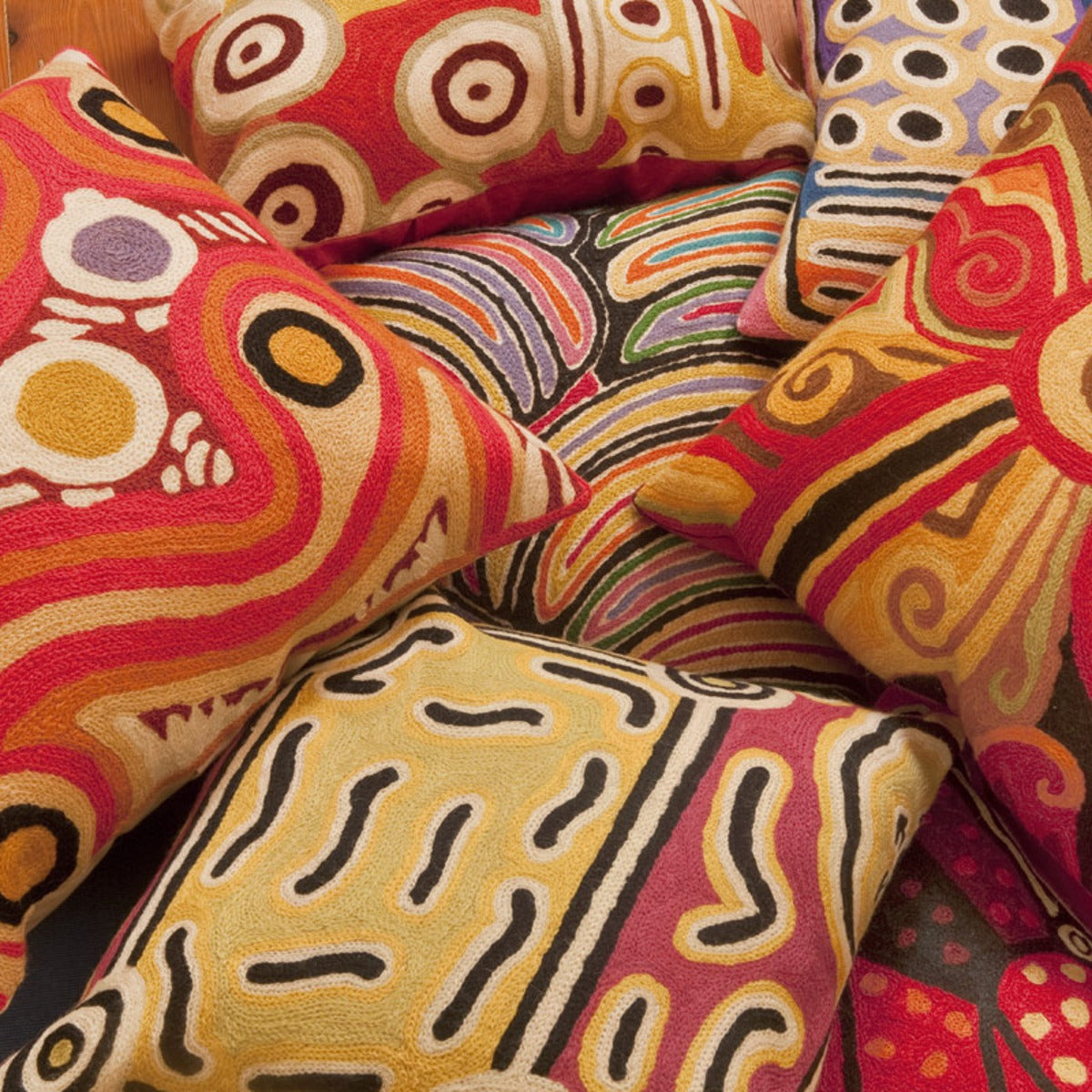
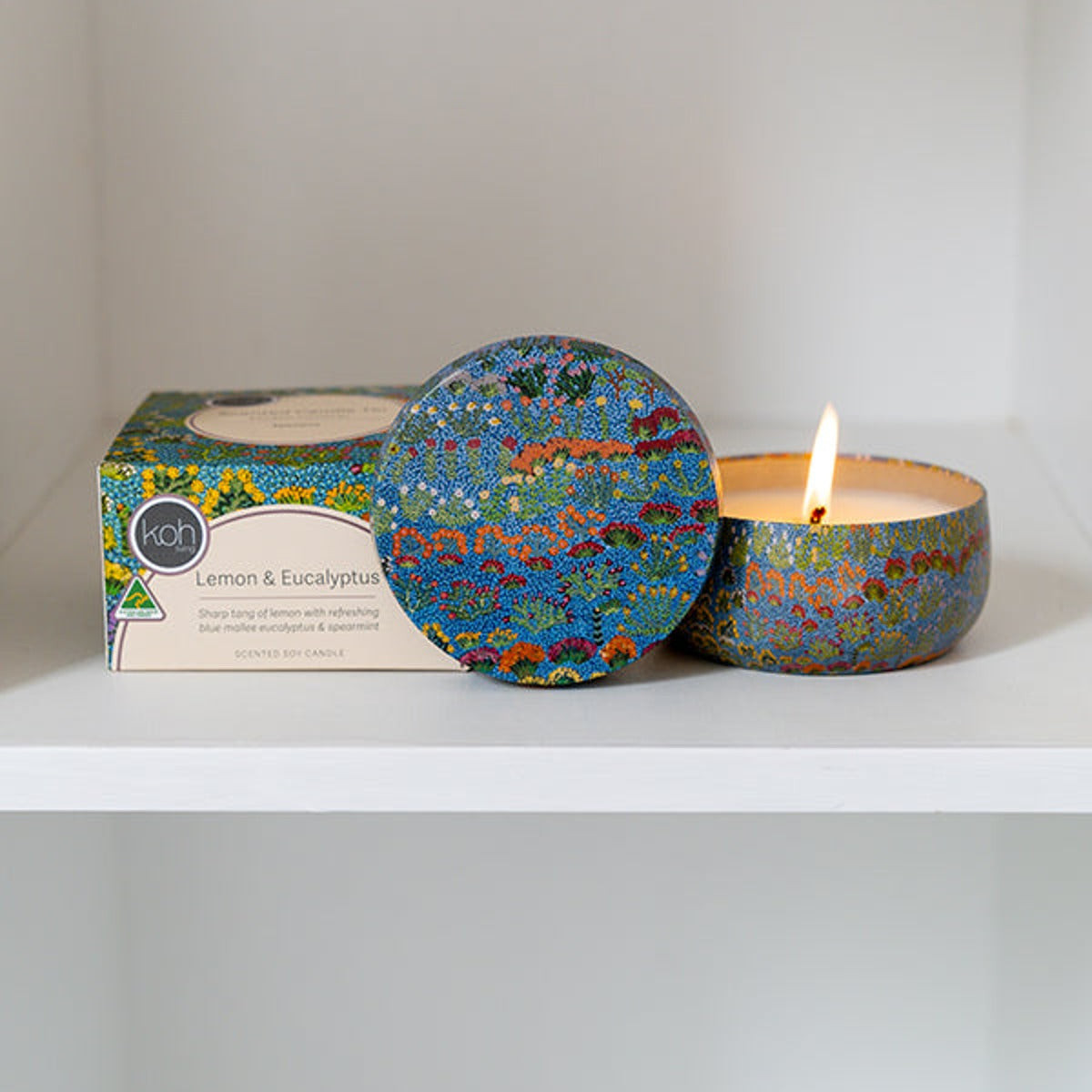


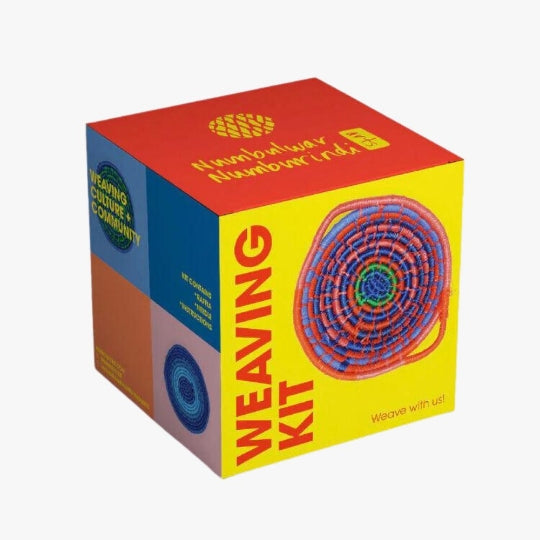

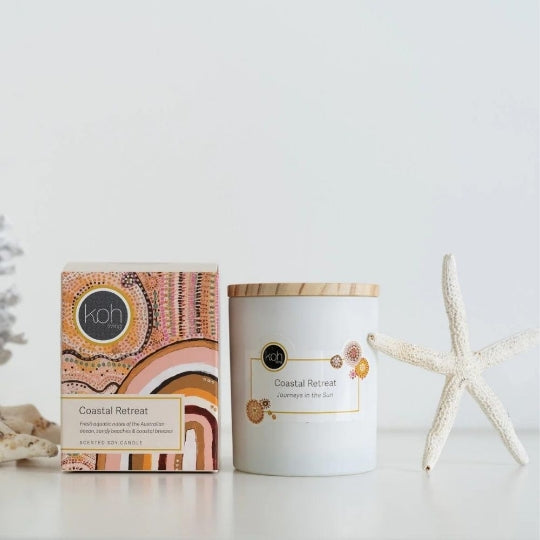

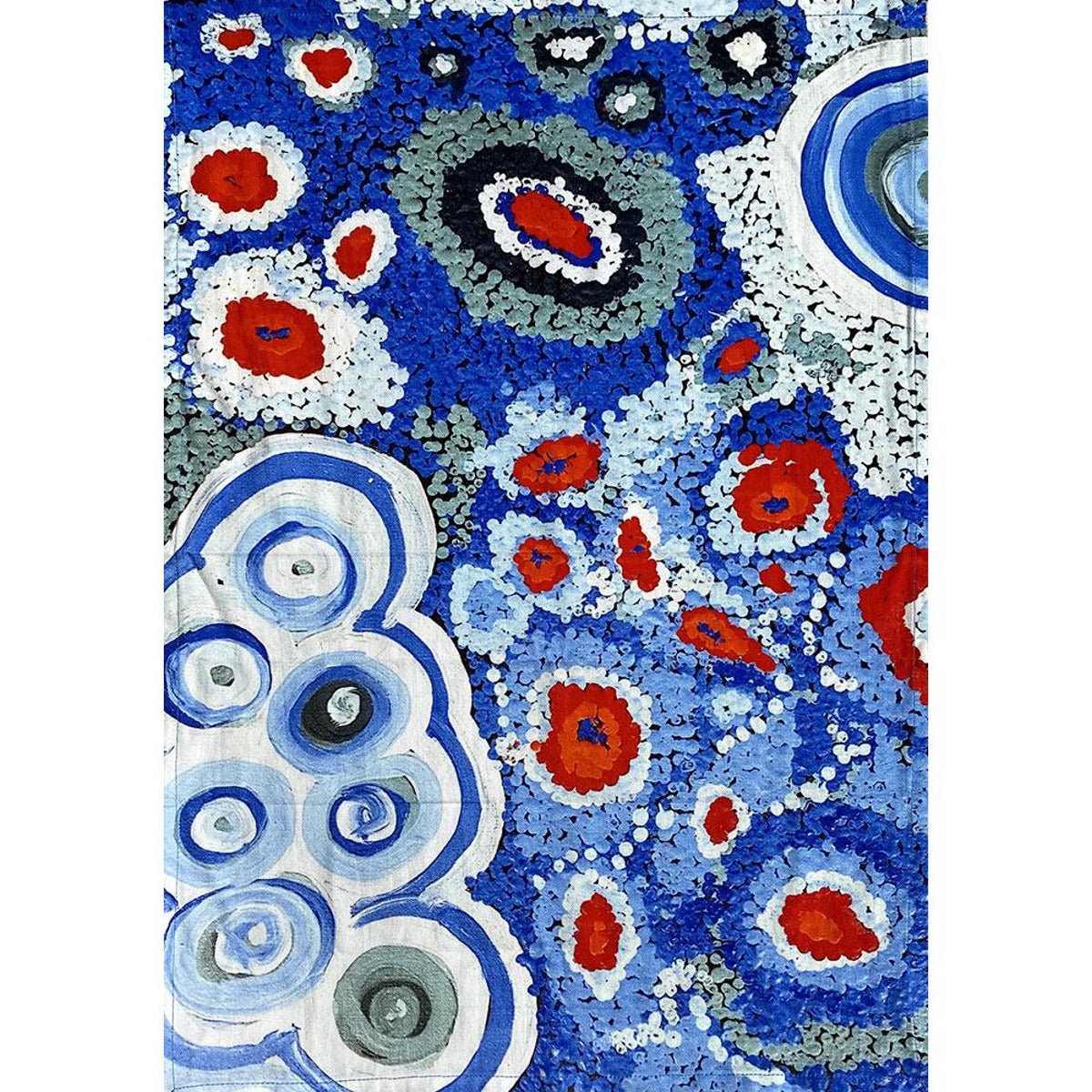

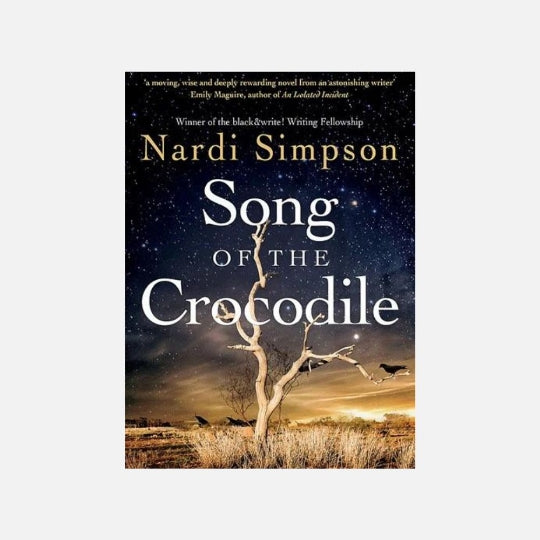

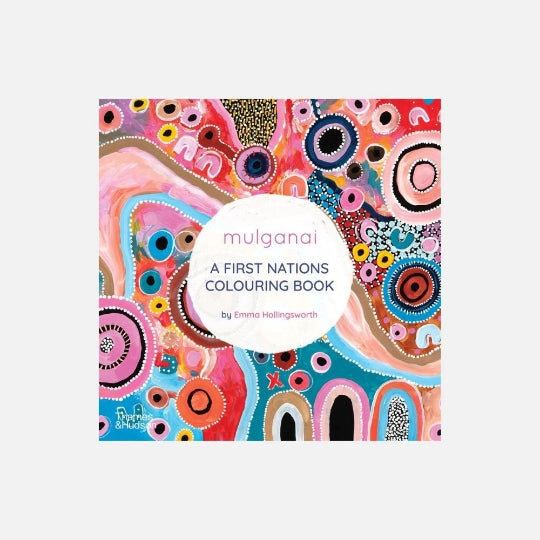
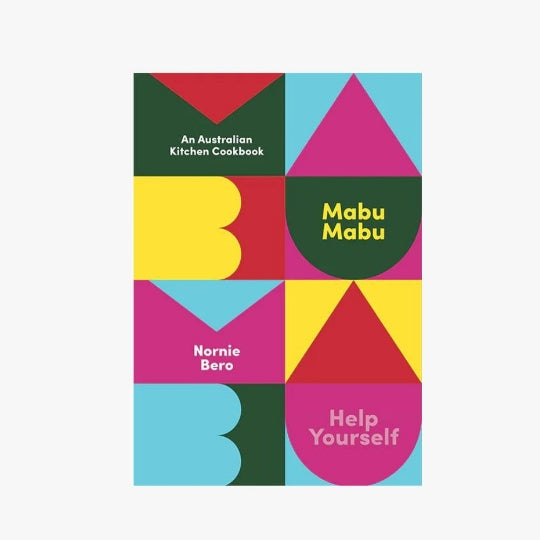
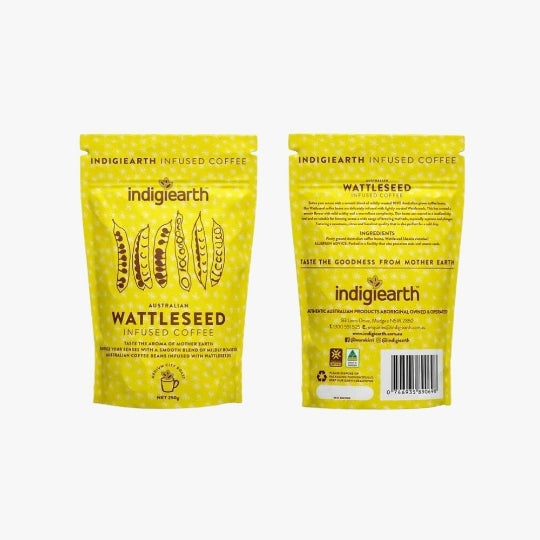

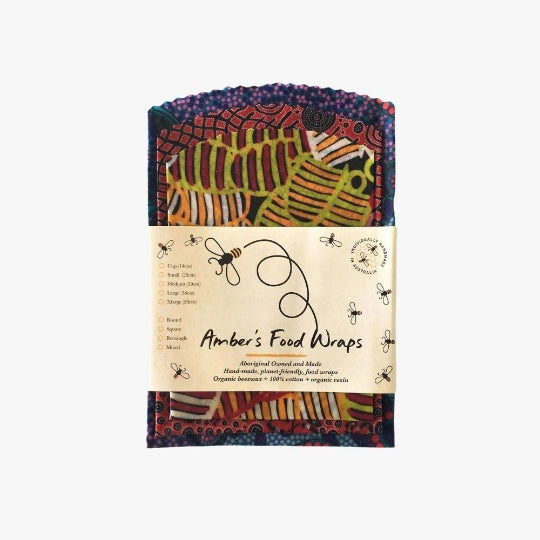



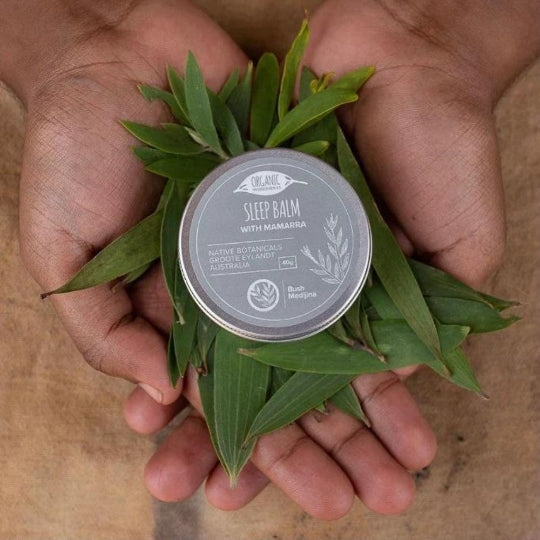
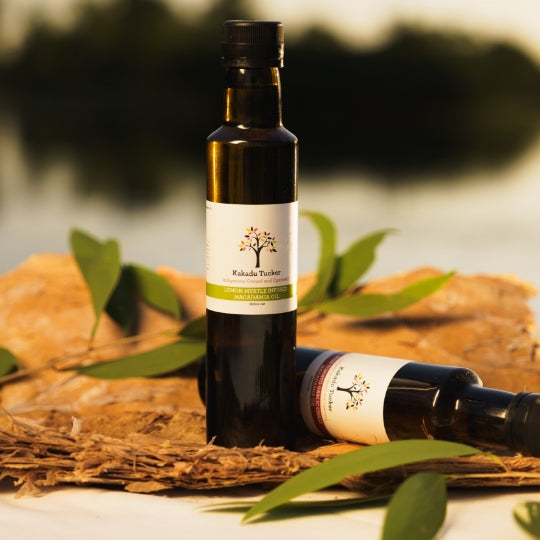



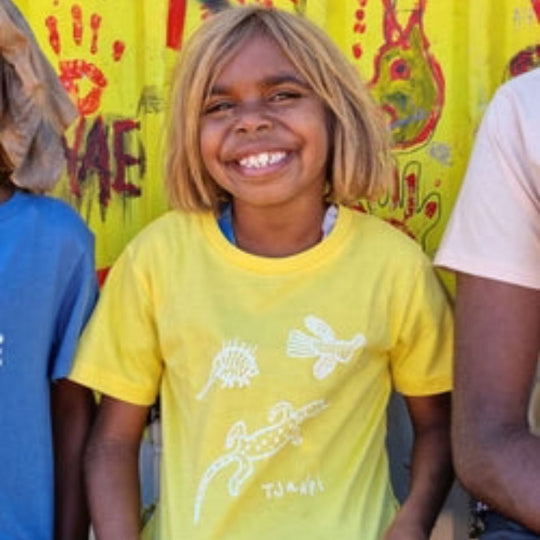
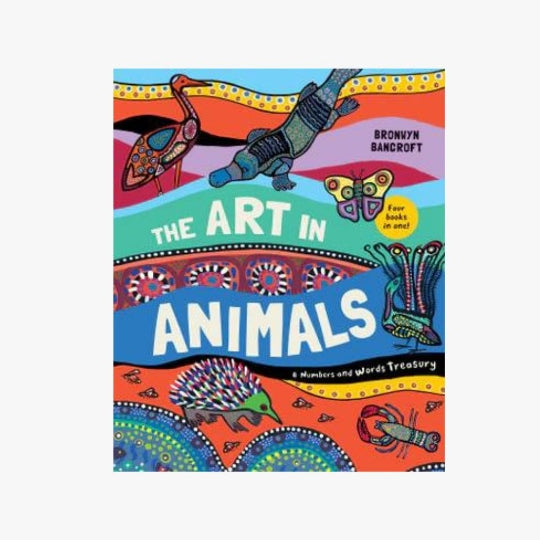
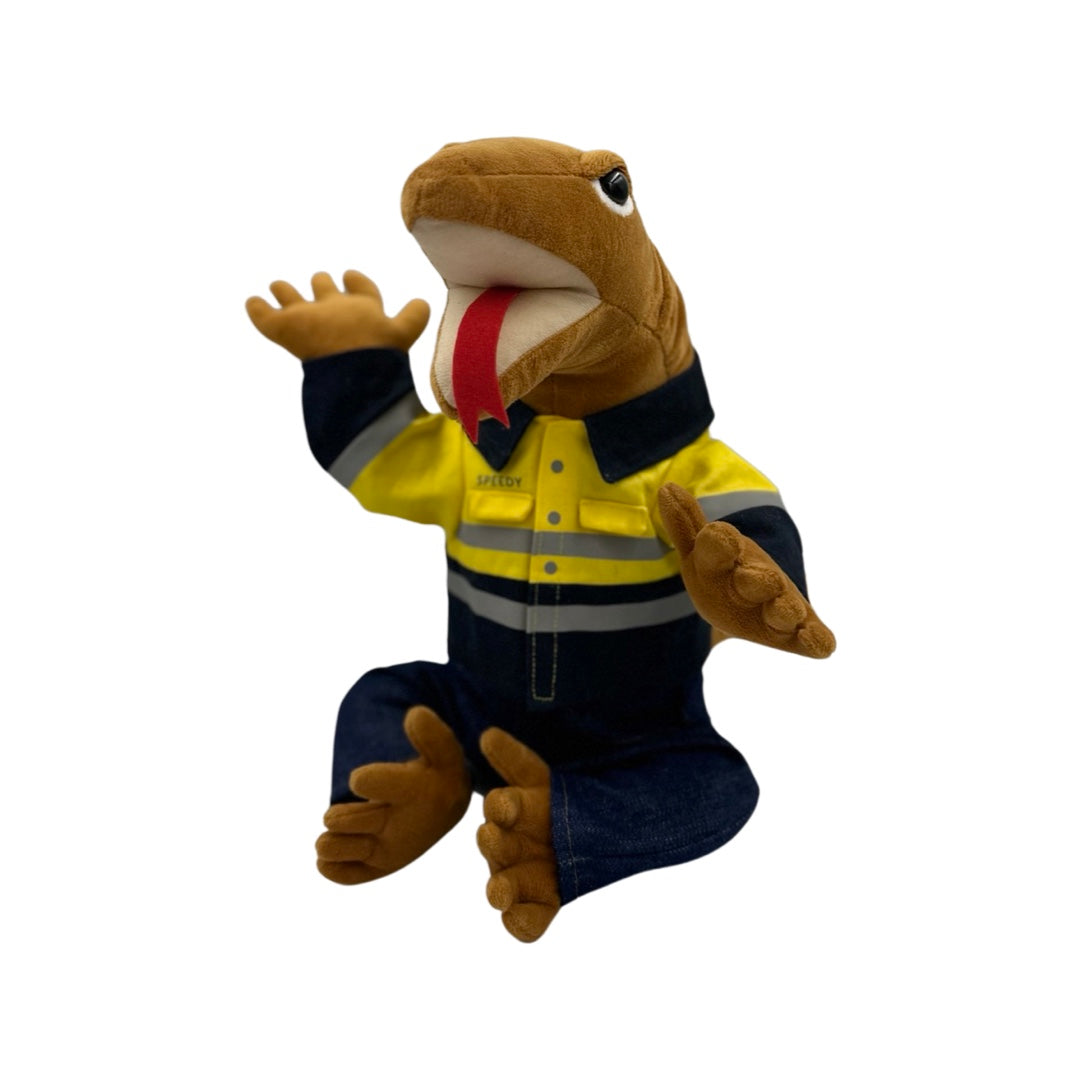
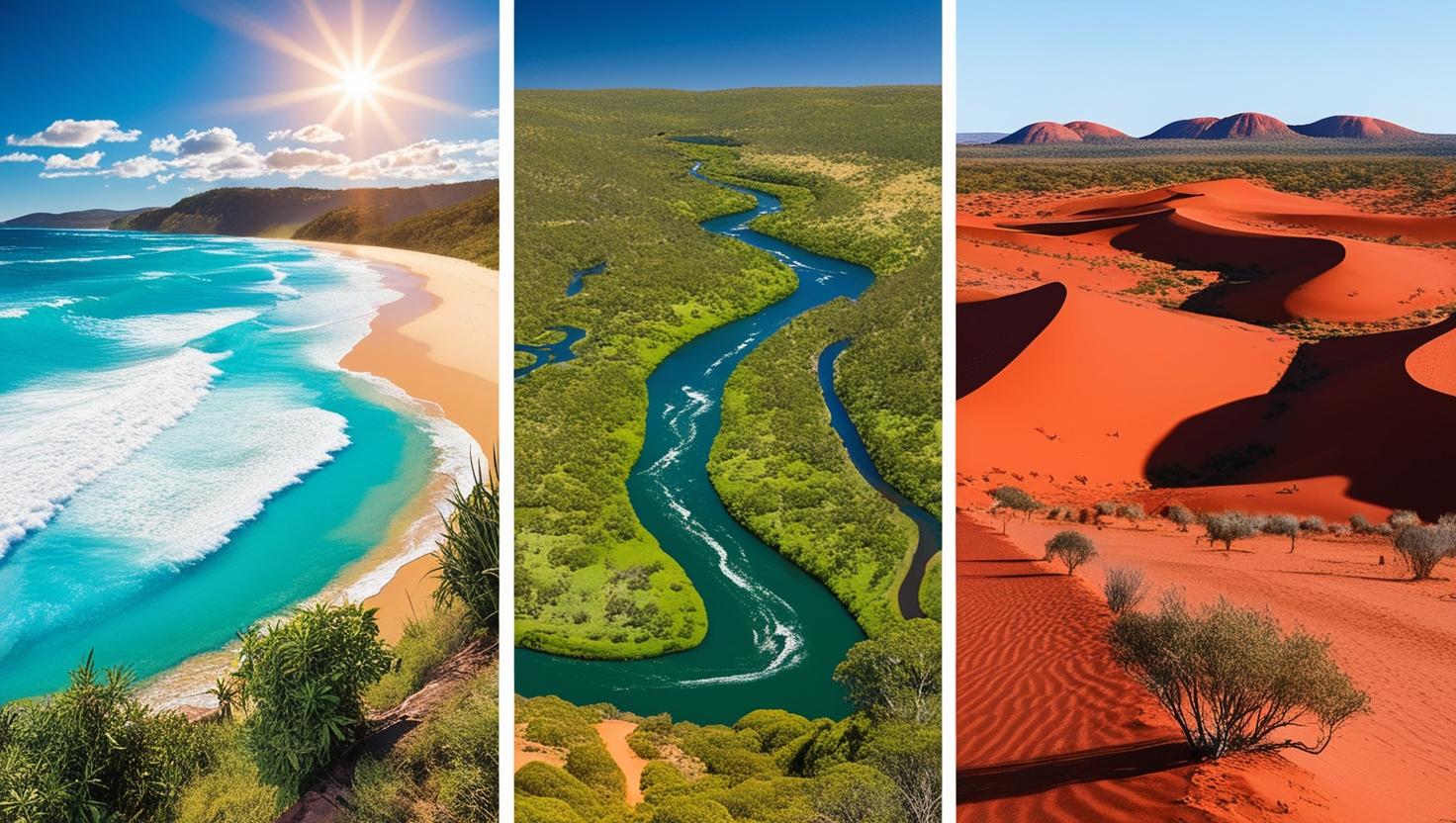
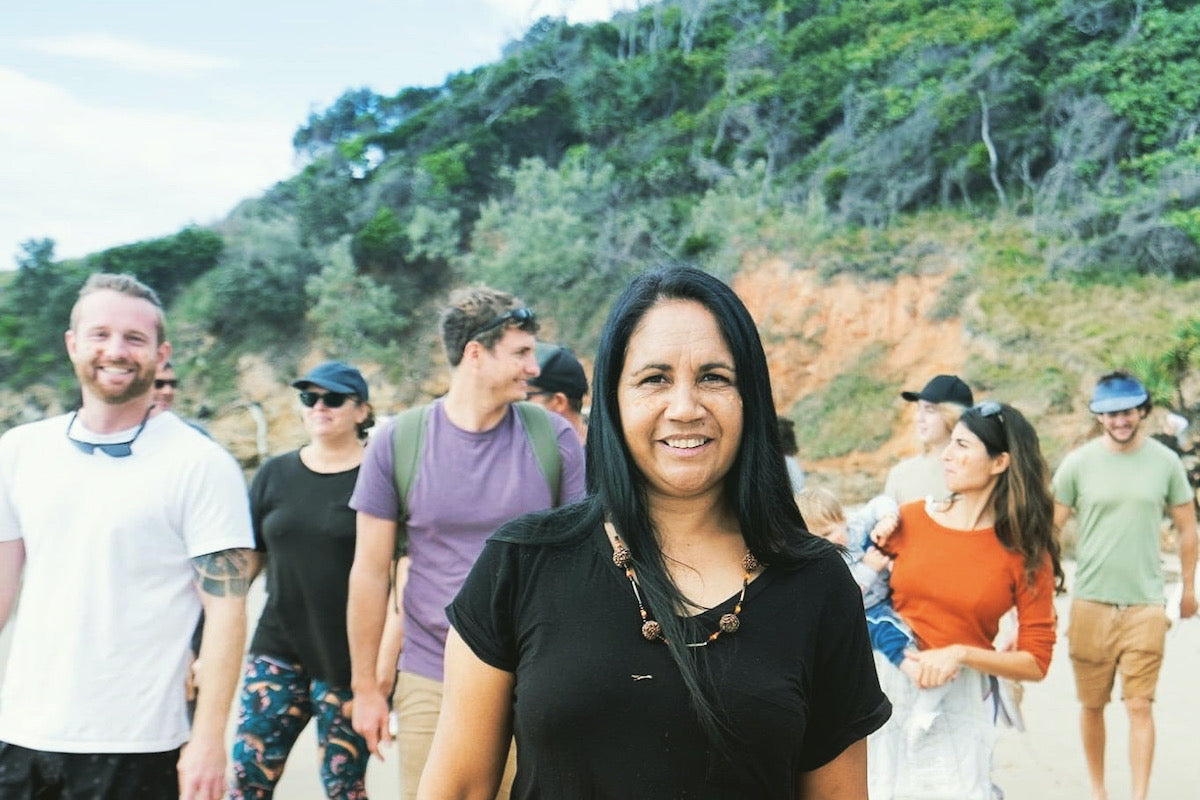
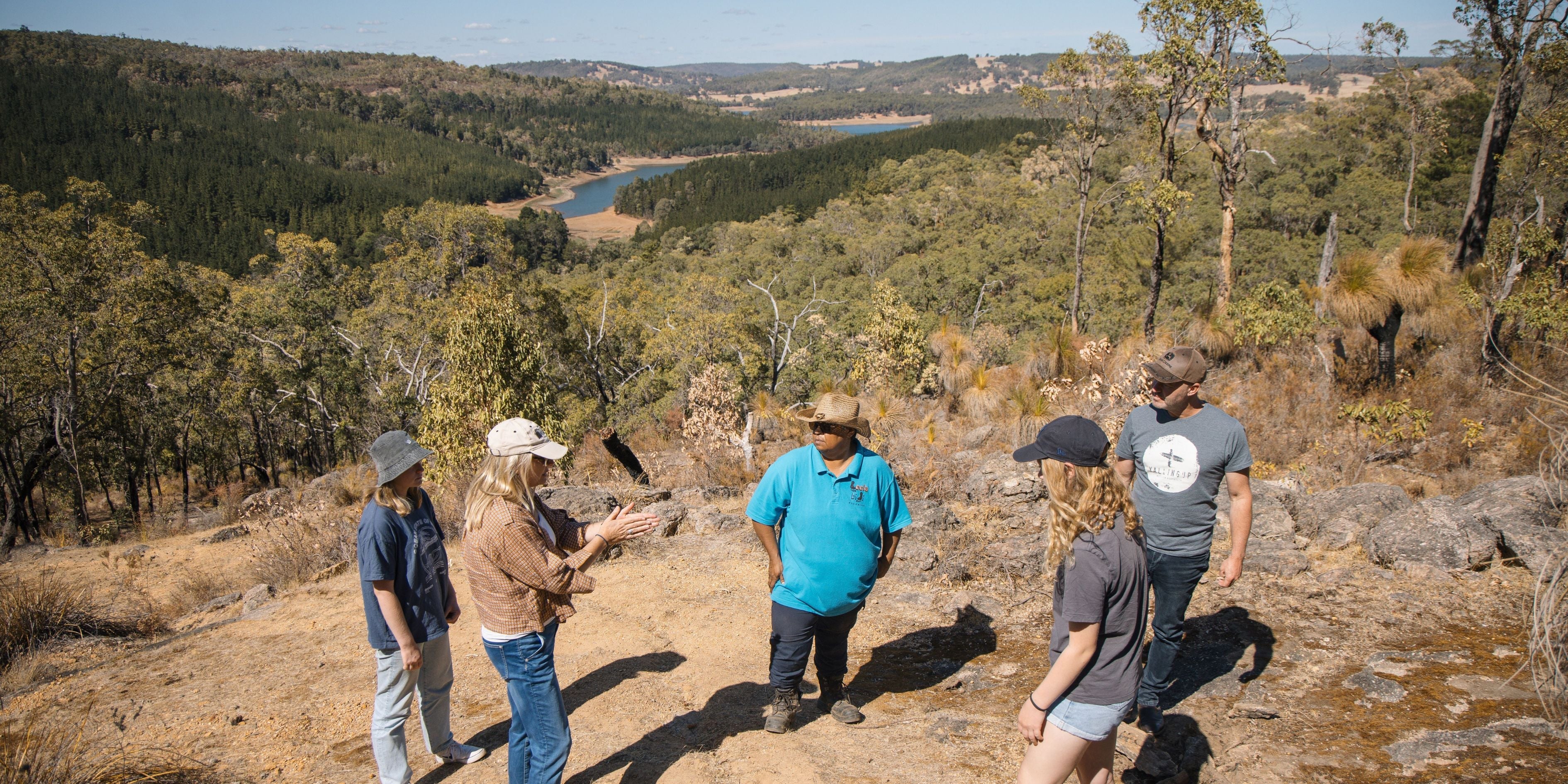

Leave a comment
This site is protected by hCaptcha and the hCaptcha Privacy Policy and Terms of Service apply.